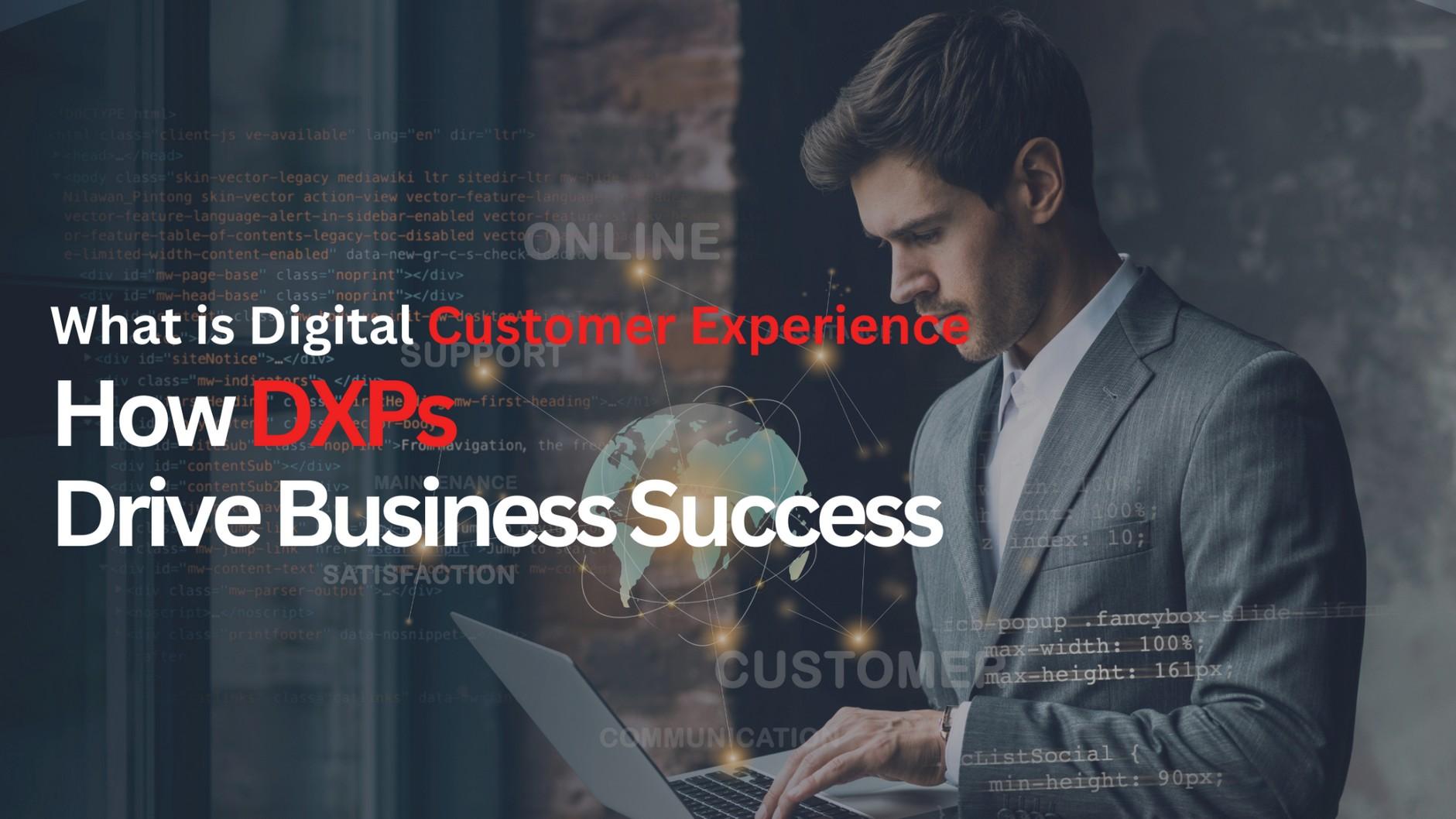
3 minute read
Customer Experience
and How DXPs Drive Business Success
In today's digital age, providing a seamless and personalised experience for customers is crucial for businesses. This is where digital customer experience (DCX) comes into play. In this article, we will explore what digital customer experience is, the role of a customer digital experience platform (DXP), different types of DXPs, key features and capabilities of DXPs, and their connection to digital transformation.
Advertisement
Definition of Digital Customer Experience
Digital customer experience refers to the overall perception and interaction that customers have with a brand through various digital touchpoints, such as websites, mobile apps, social media platforms, and email. It encompasses every step of the customer journey, from initial awareness to post-purchase support. A positive digital customer experience is characterised by convenience, personalization, responsiveness, and consistency across channels.
Importance of Digital Customer Experience
In the digital era, customers have higher expectations when it comes to their interactions with businesses. A seamless and delightful digital customer experience can enhance customer satisfaction, foster loyalty, and drive repeat purchases.
On the other hand, a poor digital customer experience can result in customer frustration, negative reviews, and lost opportunities. Therefore, organizations must prioritize the optimization of their digital customer experience to stay competitive.
Components of a Digital Customer Experience Platform
A customer digital experience platform (DXP) is a software solution that helps businesses create and manage digital experiences across multiple channels. It serves as a central hub for content creation, personalization, analytics, and integration with other systems. The key components of a DXP include:
1. Content Management and Personalization:
A DXP provides robust content management capabilities, allowing businesses to create, organize, and publish content across various digital channels. Personalization features enable tailoring content based on user preferences and behavior.
2. Omnichannel Support and Integration:
DXPs enable businesses to deliver a consistent and unified experience across multiple channels, such as websites, mobile apps, social media, and chatbots. Integration capabilities ensure seamless data exchange with CRM systems, marketing automation tools, and other third-party platforms.
3. Data Analytics and Insights:
DXPs capture and analyze customer data to gain actionable insights. This helps businesses understand customer behavior, preferences, and pain points, enabling them to make data-driven decisions and optimize their digital experiences.
4. Customer Journey Mapping:
DXPs allow businesses to map out the customer journey and identify touchpoints where they can deliver personalized experiences. This helps create a cohesive and seamless experience throughout the customer lifecycle.
5. Integration with Third-Party Systems:
DXPs offer integration capabilities with other systems, such as ecommerce platforms, CRM systems, and payment gateways. This ensures a seamless flow of data and enhances the overall digital customer experience.
Benefits of Using a Digital Customer Experience Platform
Implementing a DXP offers several benefits for businesses:
● Enhanced Customer Engagement: A DXP enables businesses to deliver personalised and contextually relevant experiences, increasing customer engagement and satisfaction.
● Improved Operational Efficiency: DXPs streamline content creation, management, and delivery processes, reducing manual effort and improving operational efficiency.
● Data-Driven Decision Making: The analytics capabilities of DXPs provide valuable insights into customer behavior and preferences, empowering businesses to make informed decisions and optimize their digital strategies.
● Increased Conversion Rates: A well-executed digital customer experience can lead to higher conversion rates, as customers are more likely to make a purchase or take a desired action when their needs are met effectively.
● Competitive Advantage: By providing exceptional digital experiences, businesses can differentiate themselves from competitors and gain a competitive edge in the market.
Types of Digital Experience Platforms
DXPs can vary in terms of their scope, functionality, and target audience. Some common types of DXPs include:
Horizontal DXPs: These platforms cater to a wide range of industries and provide a broad set of features and capabilities suitable for various use cases.
Vertical DXPs: Vertical DXPs focus on specific industries or sectors, offering industry-specific features and tailored solutions. Examples include DXPs designed for healthcare, finance, or retail.
Open-Source DXPs: Open-source DXPs provide a flexible and customizable solution, allowing businesses to modify and extend the platform according to their specific requirements.
Cloud-Based DXPs: Cloud-based DXPs offer scalability, ease of implementation, and reduced IT infrastructure costs. They are suitable for businesses of all sizes, particularly those seeking a quick and costeffective solution.
Content Management and Personalization
One crucial aspect of DXPs is content management. Businesses can create and manage content through a user-friendly interface, making it easy to update and publish content across various digital channels. Personalization features allow businesses to deliver targeted content based on user preferences, demographics, and behavior. By tailoring content to individual customers, businesses can significantly enhance the digital customer experience.

